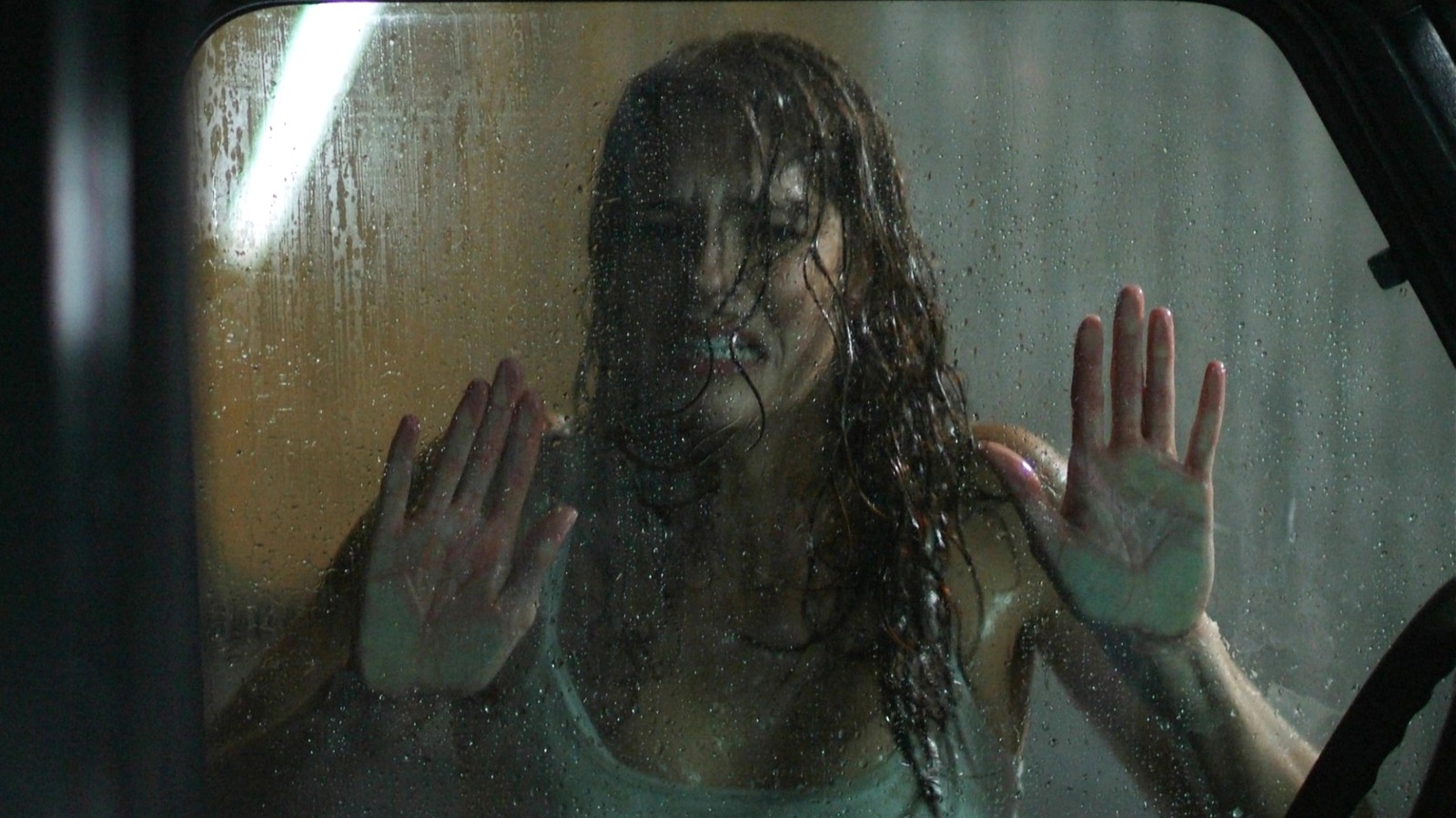
When done right, interactive fiction and horror can be a winning combination. Take R.L. Stine’s “Give Yourself Goosebumps” book series as an example, which featured a single story with choice-based branching plotlines. The idea was that the reader would play an active role in nudging the tale towards a certain direction, be it in the form of simple puzzle-solving or classic choices. For instance, if a road diverged, the reader choosing left would land on a certain page number, which would then continue the story and map out the consequences of that choice. This thrilling choose-your-own-adventure approach to “Goosebumps” facilitated a one-of-a-kind storytelling experience, as it added yet another layer of anticipation to the stakes within the narrative. Sadly, almost all of these interactive books in Stine’s series are currently out of print.
Advertisement
Interactive fiction in horror, however, is not confined to novels or short stories. There’s the Emmy-winning “Black Mirror: Bandersnatch” (which makes clever use of the anxiety surrounding high-risk choices) and Netflix’s “Jurassic World Camp Cretaceous: Hidden Adventure,” which pits a group of kids against hungry dinosaurs. But what about a straight-to-video horror sequel centering around a choose-your-own-adventure concept that allows viewers to create 96 (!!!) versions of the film? Let’s talk about Victor Garcia’s “Return to House on Haunted Hill,” the oddly ambitious sequel to the 1999 critical pan, “House on Haunted Hill.”
As dubious as “House on Haunted Hill” is as a gimmicky horror flick, it performed exceptionally well on release, grossing $65 million worldwide. In the film, some strangers are invited to a party held at an abandoned sanatorium, where a whopping million dollars is offered to anyone who manages to survive the night. If this storyline sounds familiar, it’s because it is: the 1999 film is a remake of William Castle’s eponymous horror classic, which employs camp and theatrical scares to great effect. Needless to say, the remake fails to measure up to its source material on all fronts, but can be treated as an unserious, one-time watch for fun. The same cannot be said about its sequel, whose branched narrative ends up making matters worse.
Advertisement
Return to House on Haunted Hill misuses the choose-your-own-adventure trope
If you watch “Return to House on Haunted Hill” in good-old linear fashion, it will play out as a drab retread of the 1999 version, which doesn’t have much going for it in the first place. But once you delve into its interactive DVD features, it ceases to be a run-of-the-mill horror and emerges as a rare curio that exudes intrigue. You would think that such painstaking efforts to create branched narratives were planned from the get-go, but this was not the case.
Advertisement
The original script didn’t contain any branching scenes at all, and the revised versions of the script arrived when the film’s principal photography was being sorted out. After news about the sequel’s DVD extra-feature (dubbed Navigational Cinema) was announced, actor Jeffrey Combs told CBR that he was “confused” about the filming process, where he gave “everything equal weighting,” but it was easy to “forget the variations” of the events. This is understandable, as shooting out of sequence with 90+ narrative branches in mind can get very confusing even in the most controlled, tight-knit on-set environments. All things considered, it is baffling that these elaborate story choices mostly lead to scenes with more nudity or gore, but only one choice changes the outcome of “Return to House on Haunted Hill” in a substantial way (where — spoilers! — you can choose to kill off every character in the film towards the end).
Advertisement
The only merit that the sequel has to its name is the return of Combs’ Dr. Vannacutt, who is portrayed as a brilliant, yet irredeemably evil physician with a nefarious plan in the original film. The sequel, however, negates this innate complexity and frames him as a morally neutral doctor corrupted by an evil Baphomet idol (booooring!), which causes him to go insane enough and kill folks in gory, extravagant ways. Everything else feels stale and uninspired, where no amount of narrative shuffling is enough to salvage a story that was conceived more as a gimmick than a sincere attempt to scare or entertain.
Although “Return to House on Haunted Hill” squandered the opportunity to do something interesting with its interactive framework, a similar approach can be employed in future stories with a clearer artistic vision in mind. After all, the beating heart of horror often boils down to split-second choices, which cast characters into the mold of expendables or the final survivor. In the end, these navigational choices should matter.



